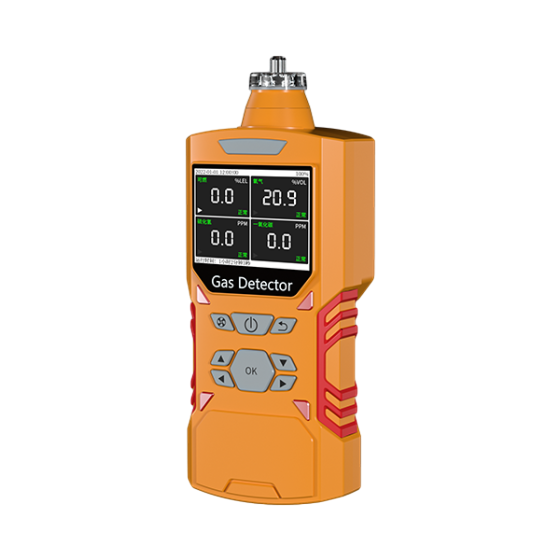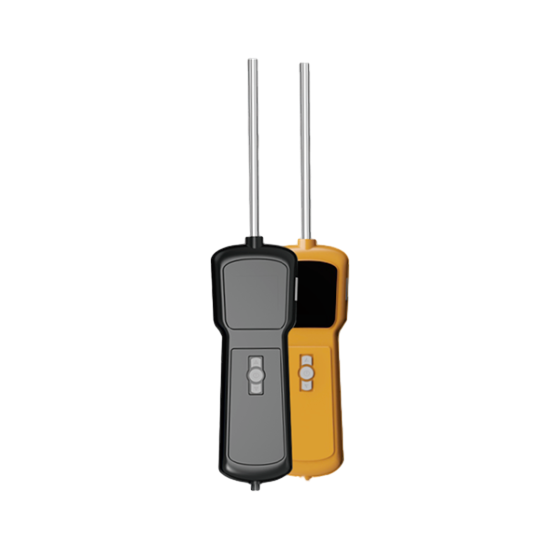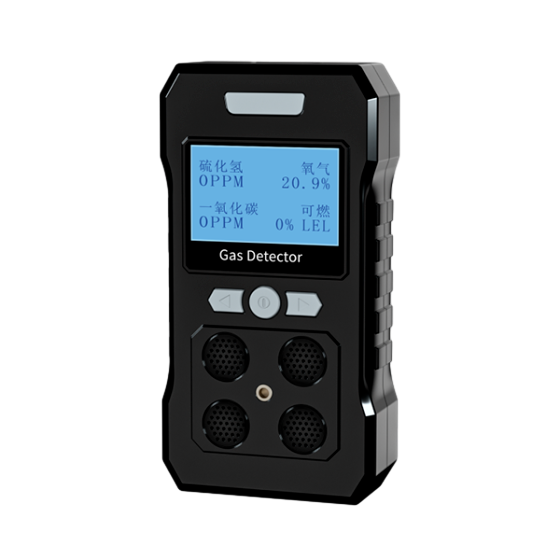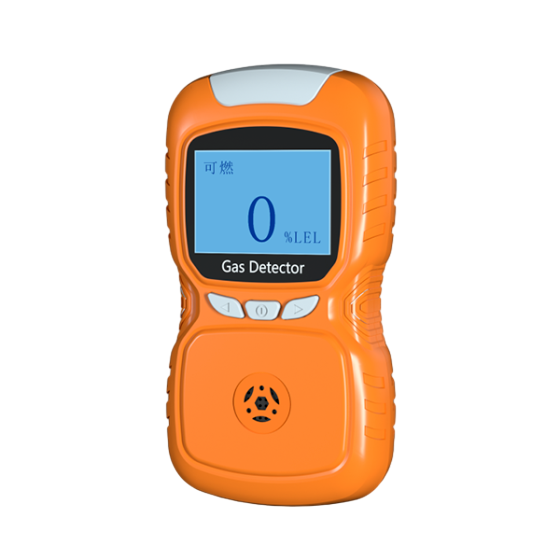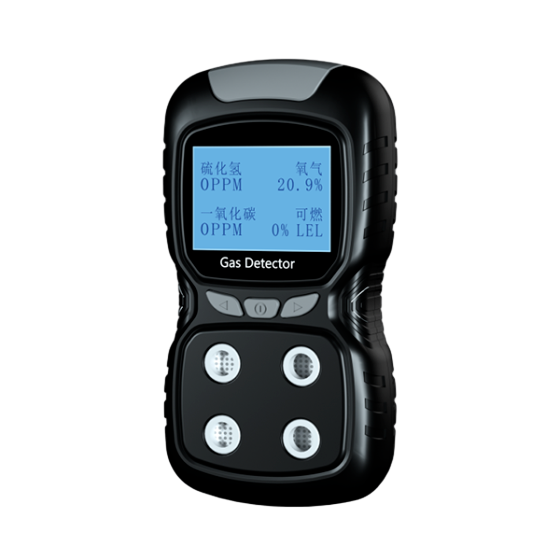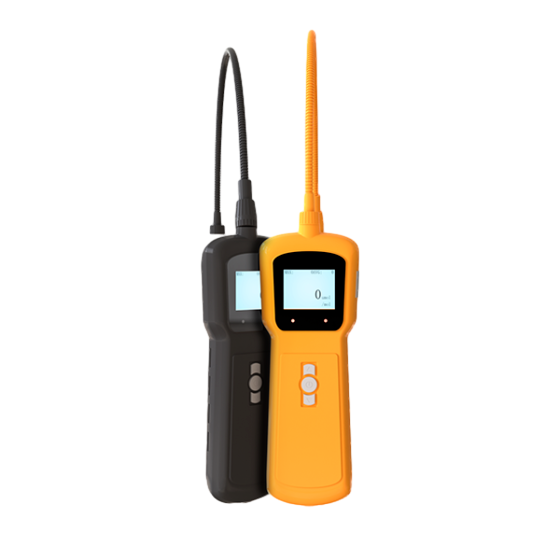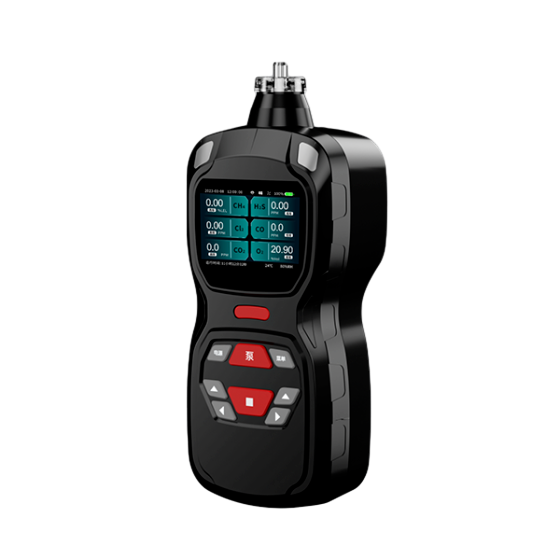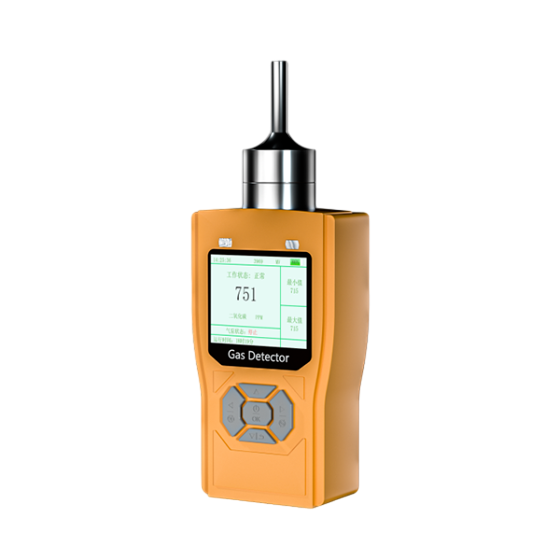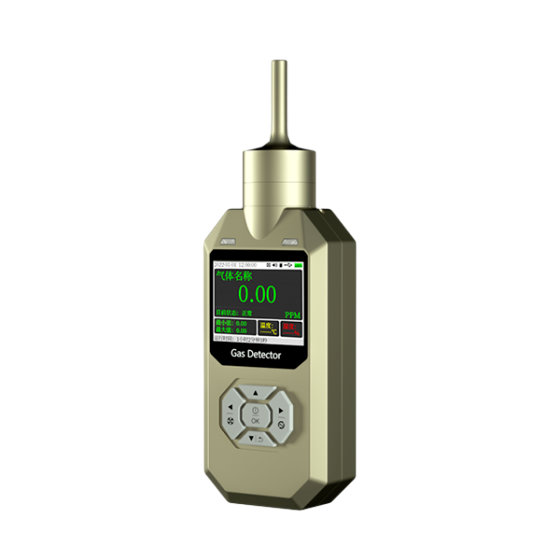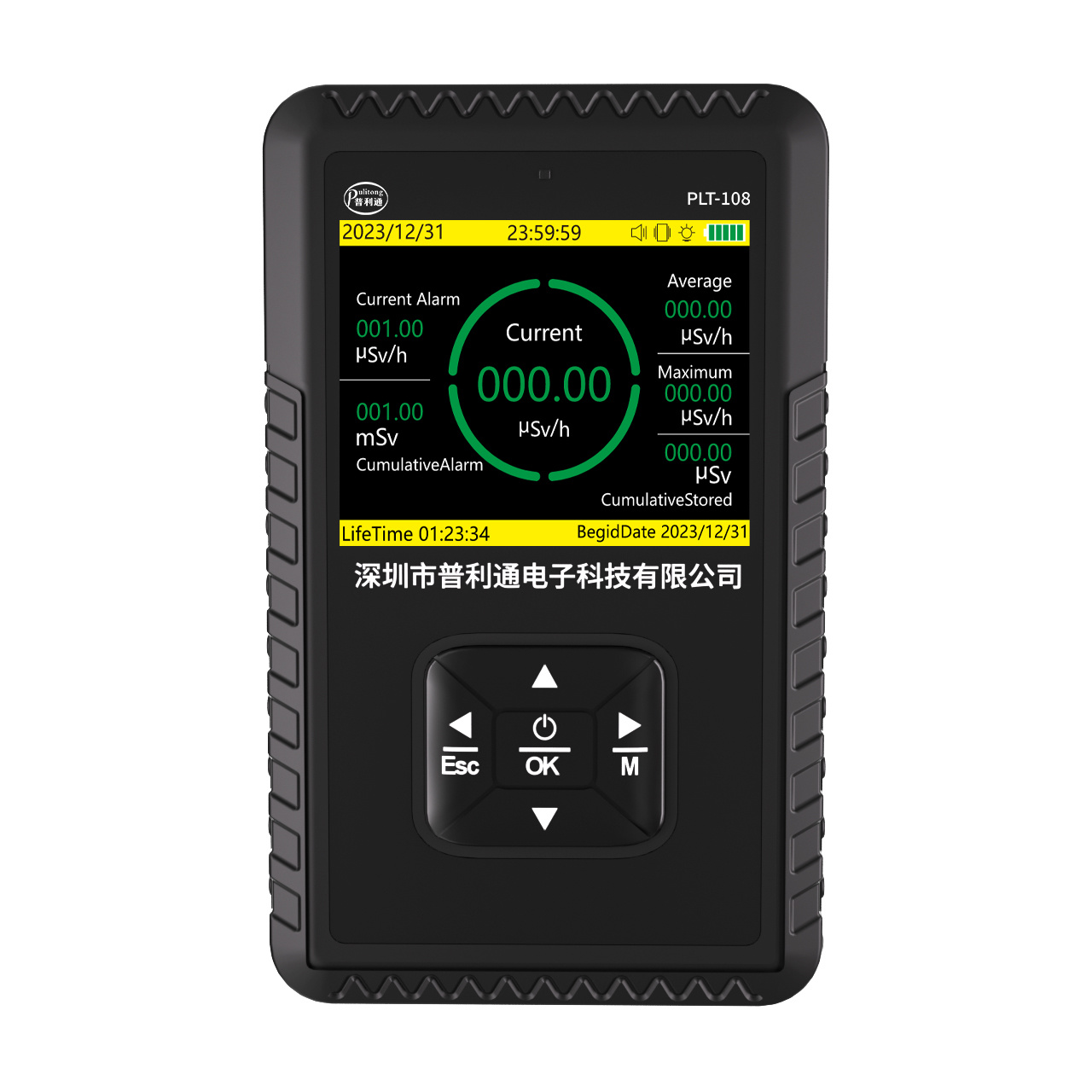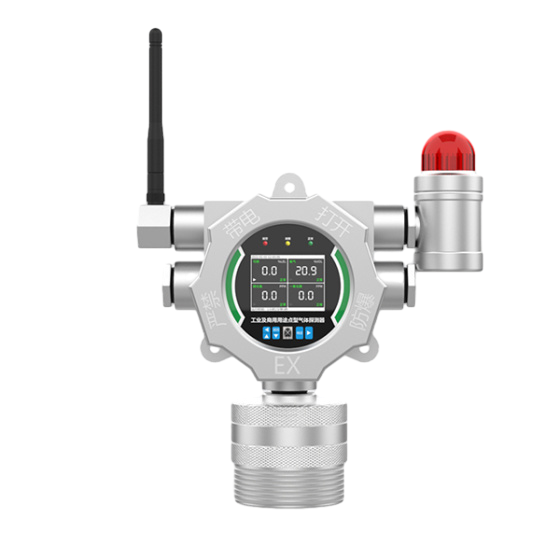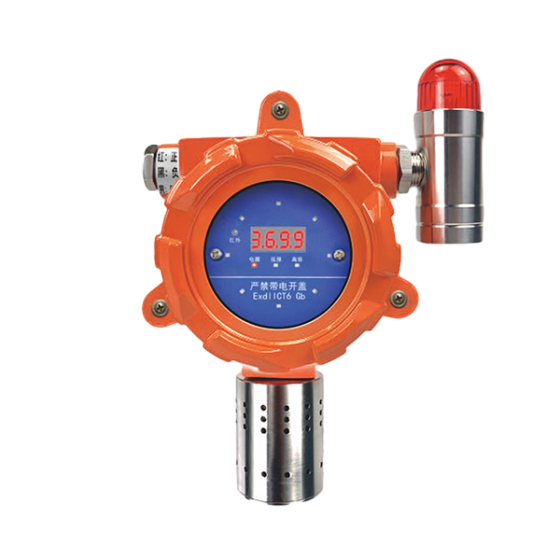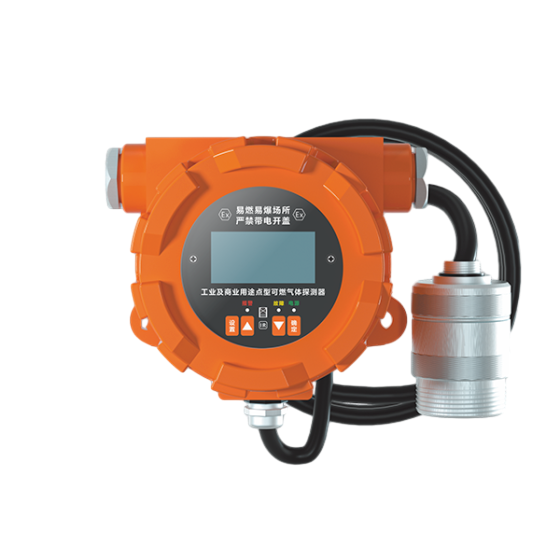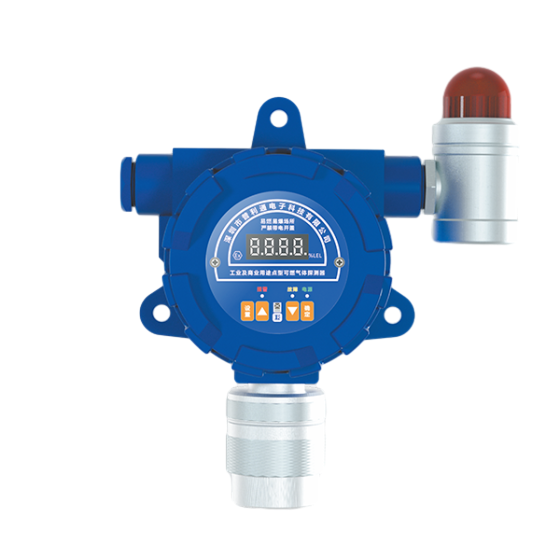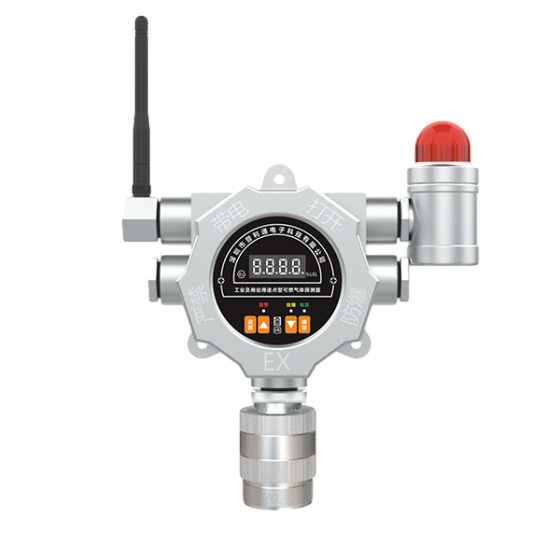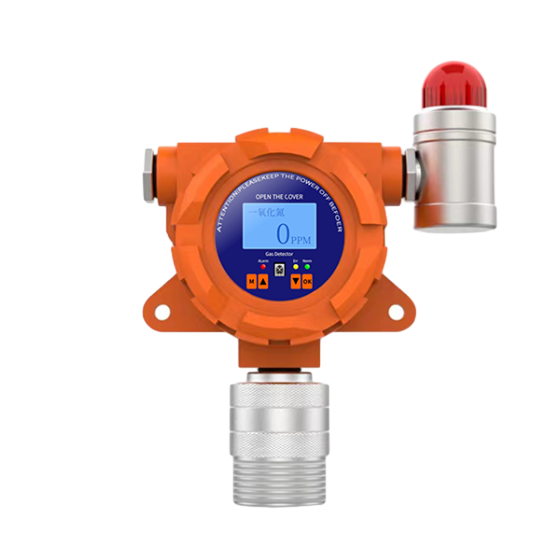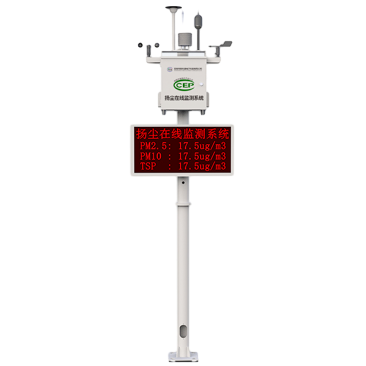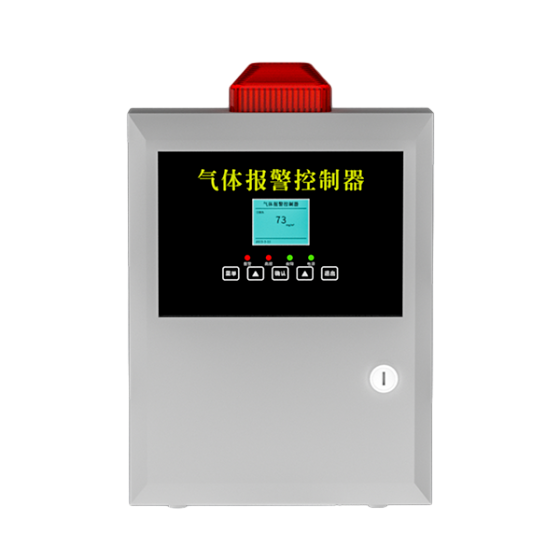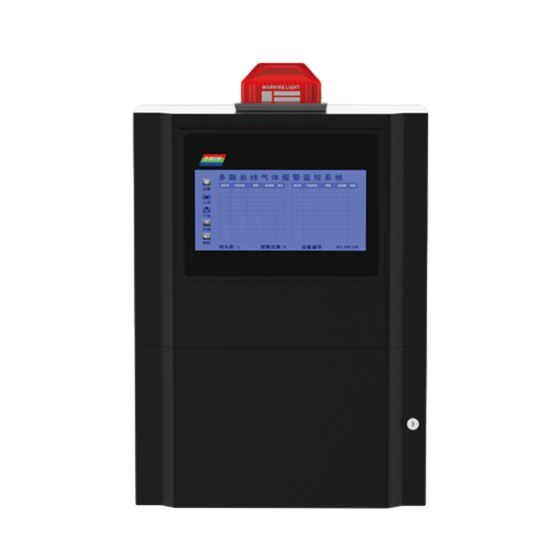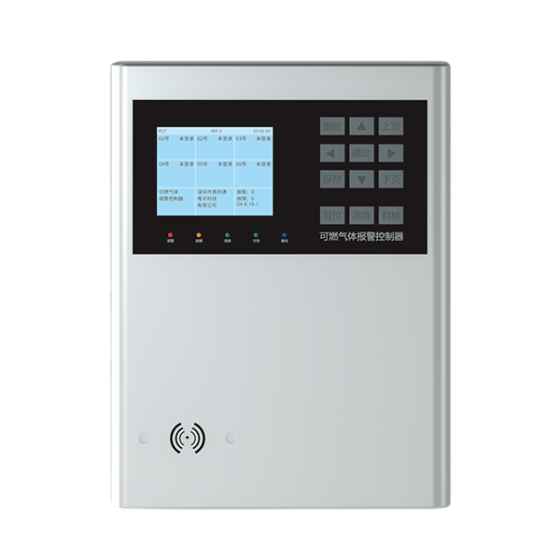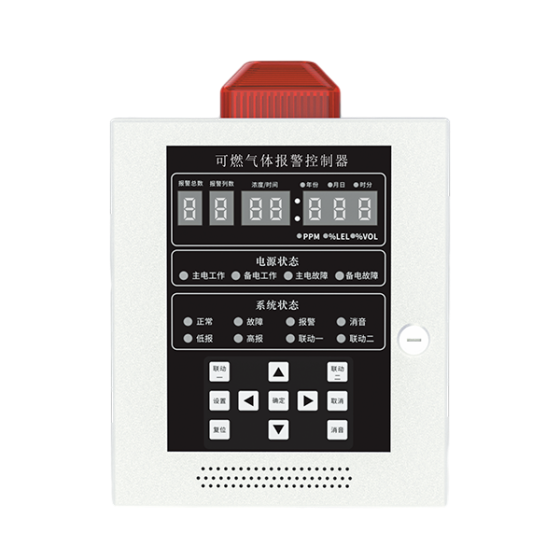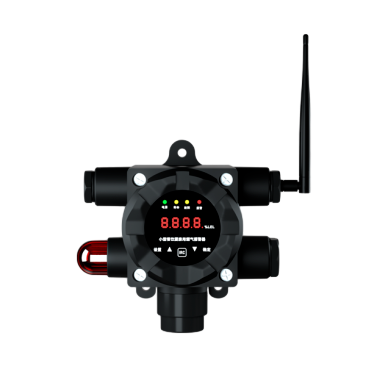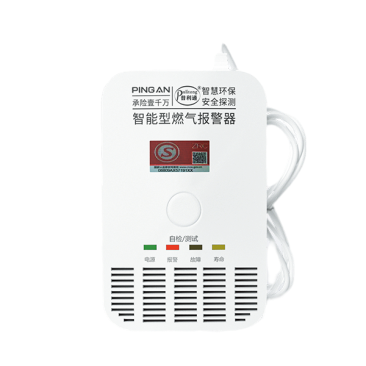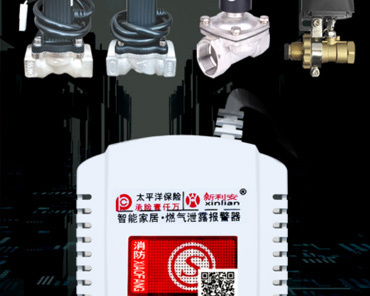Unmasking the Mystery of Carbon Monoxide Alarms: How They Work
2025-05-20
Understanding Carbon Monoxide Alarms
Hey there, folks! Let’s dive into the world of home safety, shall we? You’re probably familiar with smoke detectors, but have you heard of Carbon Monoxide Alarm? This nifty device is a household hero, silently working in the background to keep your loved ones safe from the unseen dangers lurking in your home.
What is Carbon Monoxide?
First off, let’s break it down: carbon monoxide (CO) is a colorless, odorless gas that can be produced by burning fossil fuels. Think about your gas stove, heater, or even your car. If these appliances are not functioning properly, they could leak CO into your home, and that’s where the trouble begins! It can lead to serious health issues, and in some cases, it can be fatal. Yikes!
How Does a Carbon Monoxide Alarm Work?
Now, onto the meat of the matter: how does this alarm do its job? A Carbon Monoxide Alarm uses a few different technologies to detect the presence of CO in the air. Let’s break it down:
- Electrochemical Sensors: These sensors measure the CO levels in the air by causing a chemical reaction. When CO is present, it generates a small electrical current that sets off the alarm. Pretty cool, right?
- Metal Oxide Semiconductor Sensors: This type works by using a semiconductor to detect CO. When CO comes into contact with the sensor, it reduces the electrical resistance, triggering the alarm. Talk about high-tech!
- Photoelectric Sensors: While less common, these sensors use light to detect CO. If the light can’t pass through the air because of CO particles, the alarm sounds. Wowza!
Importance of Carbon Monoxide Alarms
Alright, let’s get serious for a sec. The importance of having a working Carbon Monoxide Alarm in your home cannot be overstated. You wouldn’t drive a car without brakes, right? Similarly, you shouldn’t live in a house without this essential device. It can detect dangerous CO levels long before you might even notice any symptoms, such as headaches or dizziness.
Installation Tips
So, you’re sold on getting a CO alarm? Great choice! Here are a few tips for installation:
- Place alarms on every level of your home, especially near sleeping areas.
- Keep them at least 15 feet away from fuel-burning appliances to avoid false alarms.
- Don’t forget to test the alarms monthly and change the batteries at least once a year. Better safe than sorry!
Maintenance Matters
Just like your car, your Carbon Monoxide Alarm needs some TLC too. Regular maintenance is key! Check the expiration date (yes, alarms do expire), and if yours is more than 5-7 years old, it’s time to replace it. Also, a quick vacuum to remove dust can help maintain its effectiveness. Simple, right?
What to Do If the Alarm Goes Off
If you ever hear that dreaded beep, don’t panic! Here’s what you should do:
- Get everyone outside immediately.
- Call emergency services or your local fire department.
- Do NOT go back inside until it’s safe!
Wrapping It Up
In a nutshell, a Carbon Monoxide Alarm is your best buddy when it comes to safety at home. It’s a small device that packs a powerful punch in protecting your family from the dangers of carbon monoxide. So, if you haven’t already, make sure you get one—your loved ones will thank you!
Stay safe, and remember: prevention is always better than cure!
Related Info
Combustible gas alarm maintenance
2020-07-03
2021-01-14








